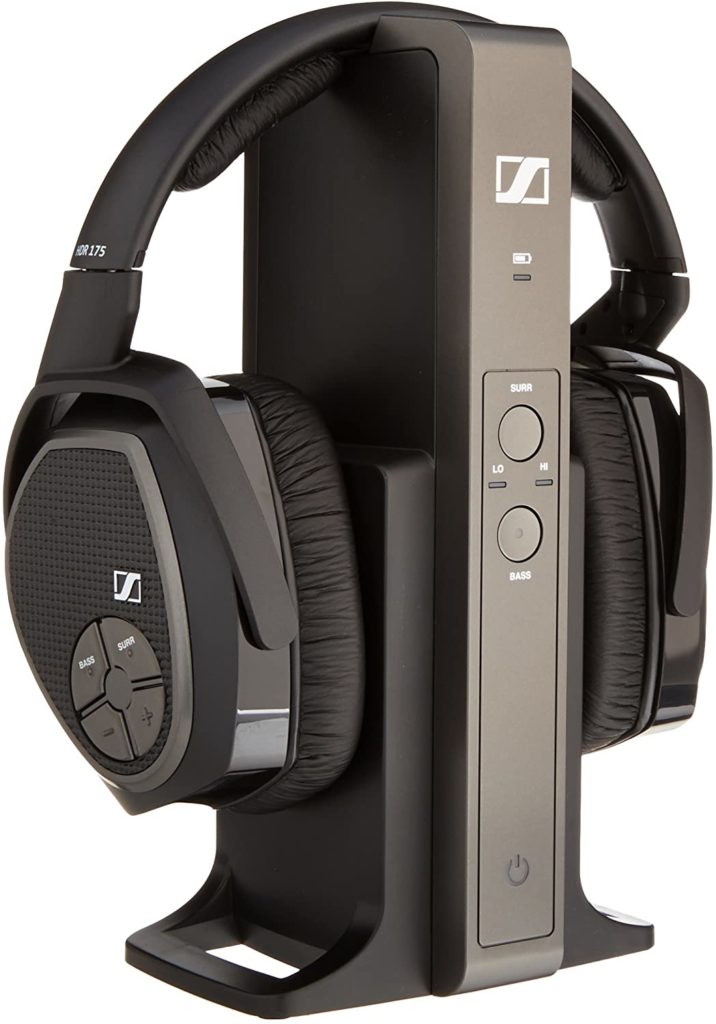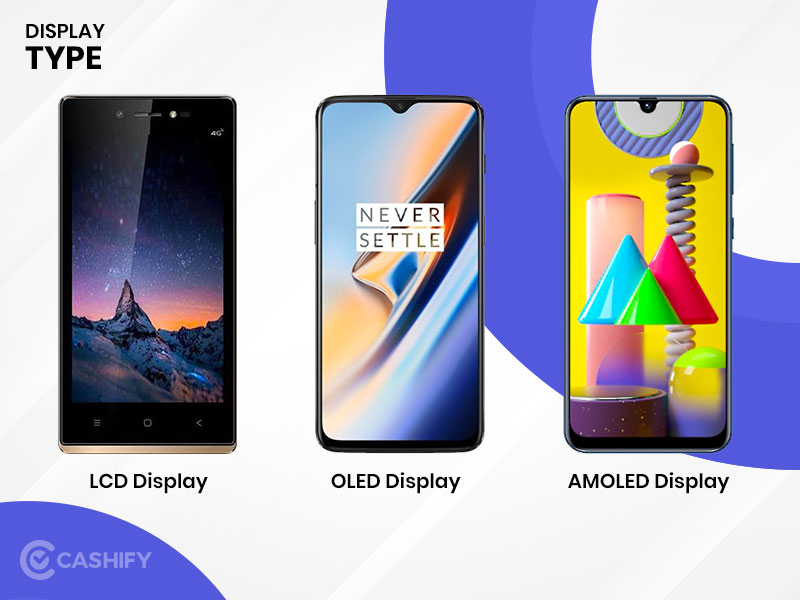The relentless march of technology has seen our lives drastically improved by a range of new products, systems, and ways of transferring data. Things that were previously everyday in nature have since dwindled into obscurity, from dial-up modems to Blackberries and beyond.
With the onward movement of tech and electronics, wired connections seem to be increasingly in danger of complete obsolescence. There are cables and connections hard-wired into our homes, which could be rendered obsolete very soon indeed – including coaxial cables. But what are they, and should you keep them?
What Are Coaxial Cables?
Coaxial cables, colloquially known as ‘coax’ cables, are a kind of copper cabling used to conduct a signal from one place to another. Coaxial cables consist of a single copper wire, shrouded in an insulating material which is itself surrounded by a sheath of copper braid which acts as the signal’s earth. The whole cable is covered in an external insulator.
As such, coaxial cables are suitable for the transmission of a single signal, or channel of a group of signals. The copper shrouding prevents any electrical interference from affecting the ‘hot’ signal, ensuring fidelity at the other end. Coaxial cables are not defined by their terminal connectors; these can differ from application to application.
What are the Applications of Coaxial Cables?
Coaxial cables have been used in a wide variety of applications and scenarios, being a robust and simple way to transfer a signal from one point to another. The most common area in which the average consumer will encounter coaxial cables is in their hi-fi or audio-visual entertainment systems, where they are terminated with RCA or ‘phono’ connectors. Here, each cable delivers one channel of audio or video signal.
To have a secure connection between coaxial cables and wires you need to be sure you are using a quality solder wire connector.
However, the uses for coaxial cables are much wider-ranging, and much more infrastructure. Coaxial cables deliver cable TV and telephone connections to households across the US, hence also having roots in the early delivery of internet connections. They also have extensive military applications, being ideal conductors for high-frequency radio transmissions received from antennae.
Are Coaxial Cables Obsolete
As wired internet connections and cable TV continue to give way to satellite services and fiberoptic connections – and the wired telephone is all but outmoded by the ubiquity of the cellphone – it can be easy to assume that coaxial cables are a thing of the past.
While there may be grounds to theorize that wired equipment, and the wires that serve them, are headed for obsolescence, coaxial cables remain a highly popular resource – and will continue to be widely useful for some time to come.
For starters, coaxial cables remain crucial for CB radio set-ups, not to mention industry-specific radio applications. Coaxial cables are still useful for legacy equipment like old videogame consoles, and coax cables in walls can be used to carry ethernet information to individual rooms, from solid internet connections to high-definition video streaming.

